Identification and Appearance
Yellowtail scad is a remarkable fish known for its unique physical characteristics. Typically, these fish measure between 10 to 15 inches in length, although some individuals can grow larger. They have an elongated and streamlined body covered in small, reflective scales that give them a silvery appearance. One of their most distinguishing features is the vibrant yellow coloration of their tail fin, which extends almost to the edge of the tail. Additionally, they exhibit a series of small, dark spots along their upper sides and back, creating a visually striking pattern.
Habitat and Distribution
Yellowtail scad are highly adaptable and can be found in various warm-water regions around the world. They are commonly spotted in the Indian and Pacific Oceans, particularly in areas such as the South China Sea, Indonesia, Malaysia, Thailand, the Philippines, Australia, and the Pacific Islands. These fish display a preference for both coastal and offshore waters, often forming schools near the water’s surface. Their wide distribution and accessible habitats make them a significant catch for local fishermen.
Taste and Culinary Uses
Beyond its eye-catching appearance, yellowtail scad offers a delightful taste profile that captivates seafood lovers. The flesh of this fish is tender and mild, with a subtle underlying sweetness that enhances its appeal. Its texture is flaky and succulent, making it an ideal candidate for a multitude of cooking methods. Whether you choose to grill, bake, broil, or pan-sear yellowtail scad, it delivers a consistently delicious meal. Culinary enthusiasts frequently include yellowtail scad in an array of dishes, ranging from the zesty freshness of ceviche to the elegant simplicity of sashimi and the smoky richness of grilled fillets. Due to its mild flavor, it readily complements a wide spectrum of seasonings, herbs, and sauces, adapting beautifully to various global cuisines.
Nutritional Value
In addition to its delectable taste, yellowtail scad offers impressive nutritional benefits. A 3.5-ounce (100-gram) serving of yellowtail scad provides around 100 calories and a substantial 20 grams of protein, making it an excellent source of lean protein. What sets it apart is its rich content of omega-3 fatty acids, particularly eicosapentaenoic acid (EPA) and docosahexaenoic acid (DHA). These essential fatty acids are renowned for their role in promoting heart health, reducing inflammation, and improving cognitive function. Furthermore, yellowtail scad contains significant amounts of vitamin B12, crucial for nerve health and energy metabolism, as well as selenium, a powerful antioxidant that supports the immune system.
Sustainability and Fishing Practices
As conscientious consumers, considering the sustainability of yellowtail scad is essential. Sustainable fishing practices help maintain the health of fish populations and protect marine ecosystems. Look for certifications such as the Marine Stewardship Council (MSC) or gather information from suppliers regarding their fishing methods. Ensuring that your yellowtail scad is sourced responsibly contributes to the preservation of ocean resources for future generations.
Availability and Price
The availability of yellowtail scad can vary depending on your location and local fishing seasons. In some regions, it is available year-round, while in others, it may be more seasonal. Prices are influenced by a multitude of factors, including geographical location, consumer demand, and fishing conditions. On average, you can expect to pay around $8 to $12 per pound, which positions it as an affordable seafood choice relative to some more premium fish varieties.
Health Benefits
The appeal of yellowtail scad extends beyond its taste and nutritional content. Its high protein content supports muscle growth and repair, making it an excellent dietary choice for athletes and fitness enthusiasts. Omega-3 fatty acids in yellowtail scad have been associated with various health benefits, including reducing the risk of heart disease by lowering blood pressure and triglyceride levels, improving brain function, and reducing inflammation. Additionally, the vitamin B12 in yellowtail scad is essential for nerve health and maintaining energy levels, while selenium acts as a potent antioxidant, supporting the body’s immune system.
Preparation Tips
Preparing yellowtail scad for culinary delight involves meticulous attention to detail. Proper cleaning and gutting are essential steps, ensuring the fish is free of any unwanted debris. Filleting is a common method for removing bones, although cooking it whole is an option favored by some. Enhancing its flavor can be achieved through marination, often using citrus juices, herbs, and spices. Grilling is a favored cooking technique, imparting a smoky aroma and a satisfying char to the fish, but yellowtail scad is highly adaptable and can be prepared in numerous ways to suit your culinary preferences.
Reviews and Recommendations
Exploring reviews and seeking recommendations from fellow seafood enthusiasts who have experienced yellowtail scad firsthand can provide valuable insights into its quality and taste. The firsthand accounts of others can guide you in making informed decisions when purchasing and preparing this captivating fish.
Buying Options
To embark on your yellowtail scad culinary journey, explore a variety of purchasing options. Local fish markets, seafood counters at grocery stores, and online seafood suppliers often carry this species. When making your purchase, prioritize freshness and responsible sourcing. Clear eyes, firm flesh, and a fresh, clean aroma are indicators of a top-quality product.
Storage and Shelf Life
Maintaining the freshness of yellowtail scad involves proper storage. Refrigerate the fish at temperatures below 40°F (4°C) to prevent spoilage. If immediate consumption is not planned, freezing is a viable option. Ensure the fish is well-packaged to avoid freezer burn. Properly frozen, yellowtail scad can remain in excellent condition for up to six months without significant quality deterioration.
Allergen Information
As with all seafood, it’s vital to consider potential allergens when dealing with yellowtail scad. Individuals with seafood allergies should exercise caution and carefully read packaging labels for allergen warnings. Consult with a healthcare professional if there are concerns about allergies or dietary restrictions.
In conclusion, yellowtail scad is a captivating and versatile seafood option that goes beyond its visual appeal. By exploring its unique characteristics, nutritional value, and various culinary uses, you can truly appreciate this remarkable fish. When making your purchasing decisions, consider sustainability, availability, and preparation methods to ensure a rewarding and responsible culinary experience. Whether you’re a seasoned seafood connoisseur or a newcomer to the world of fish cuisine, yellowtail scad promises a culinary adventure filled with flavor, nutrition, and sustainability.

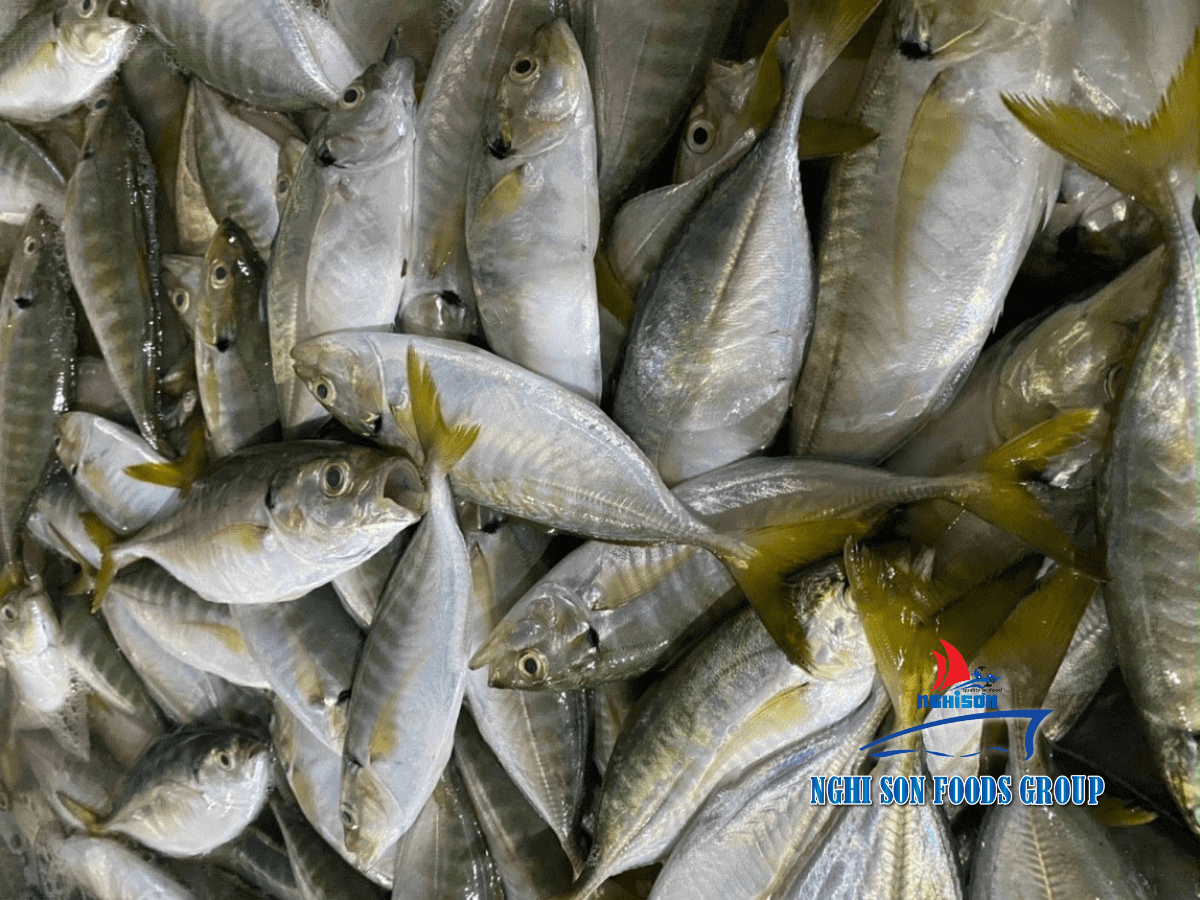
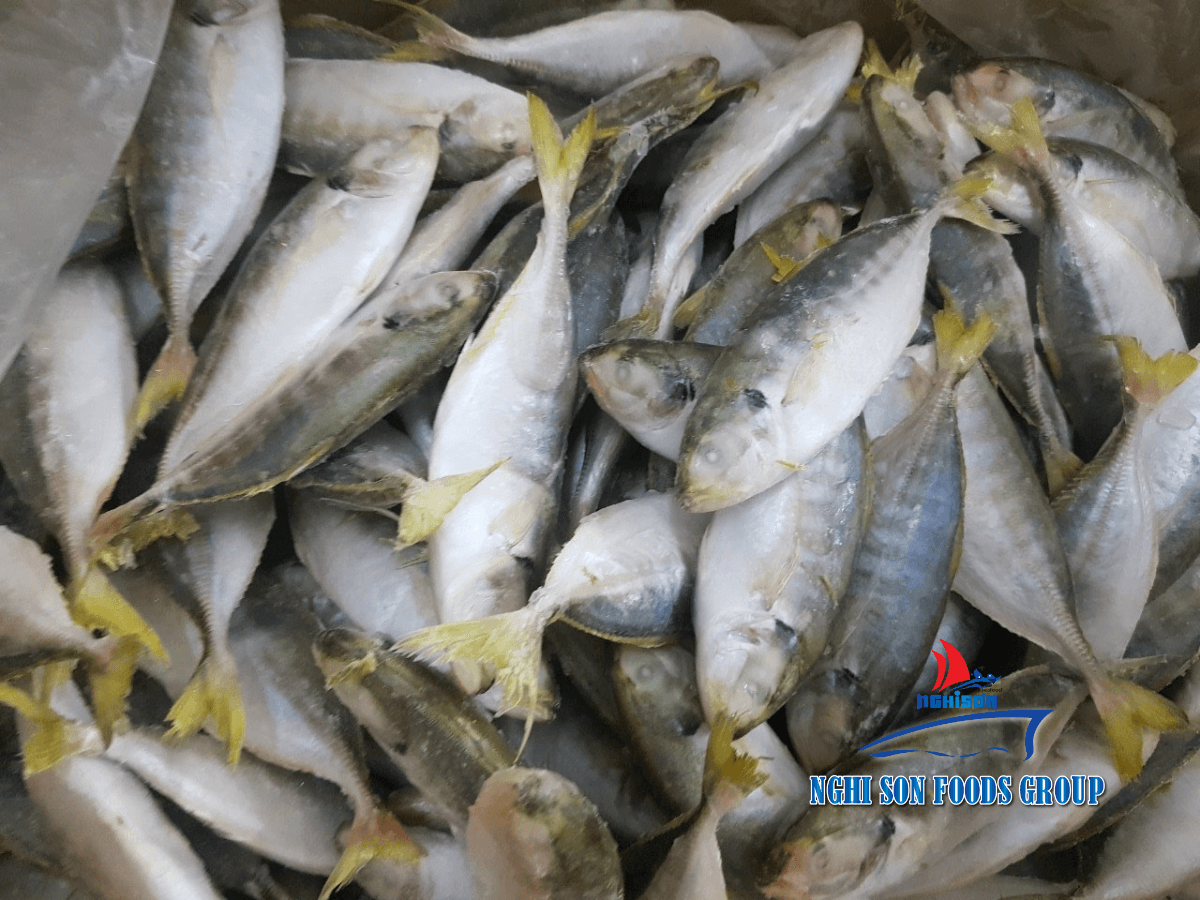
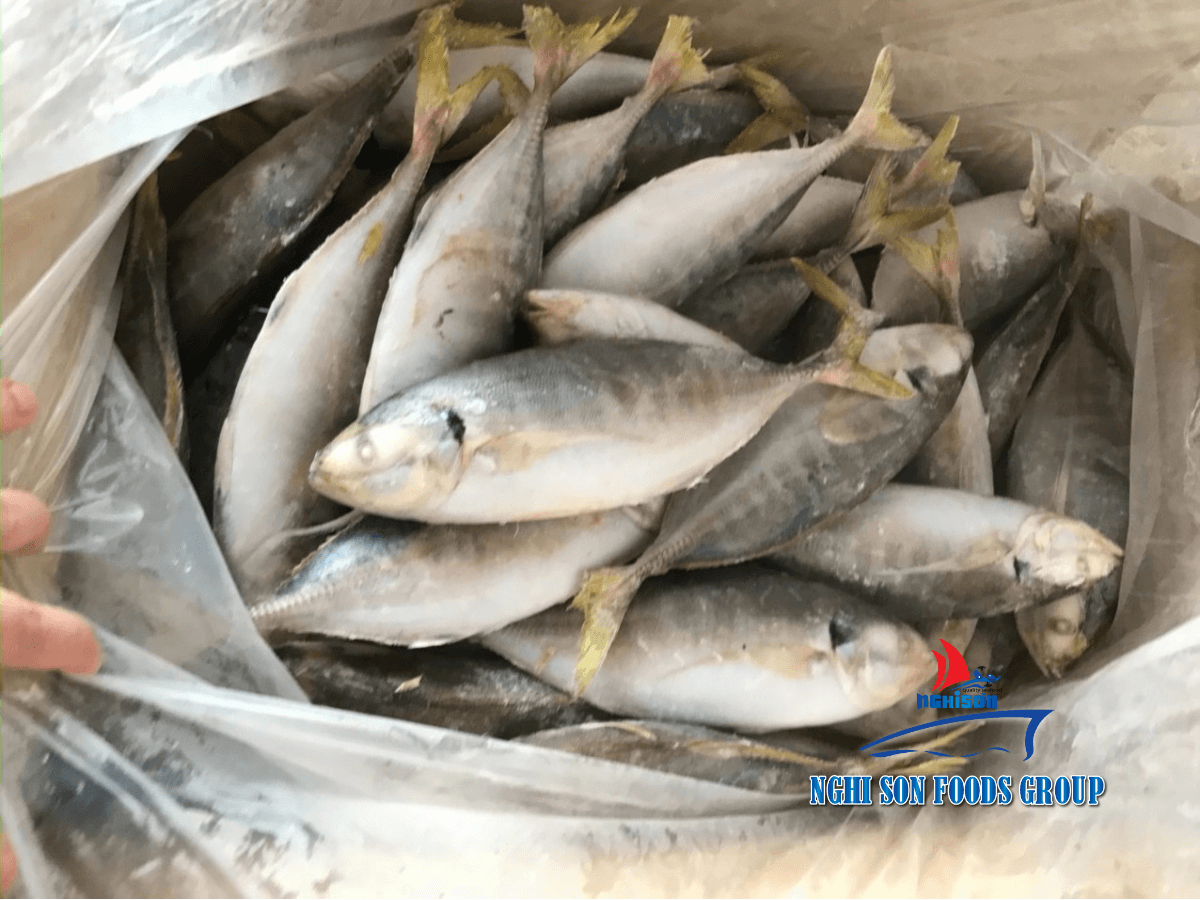



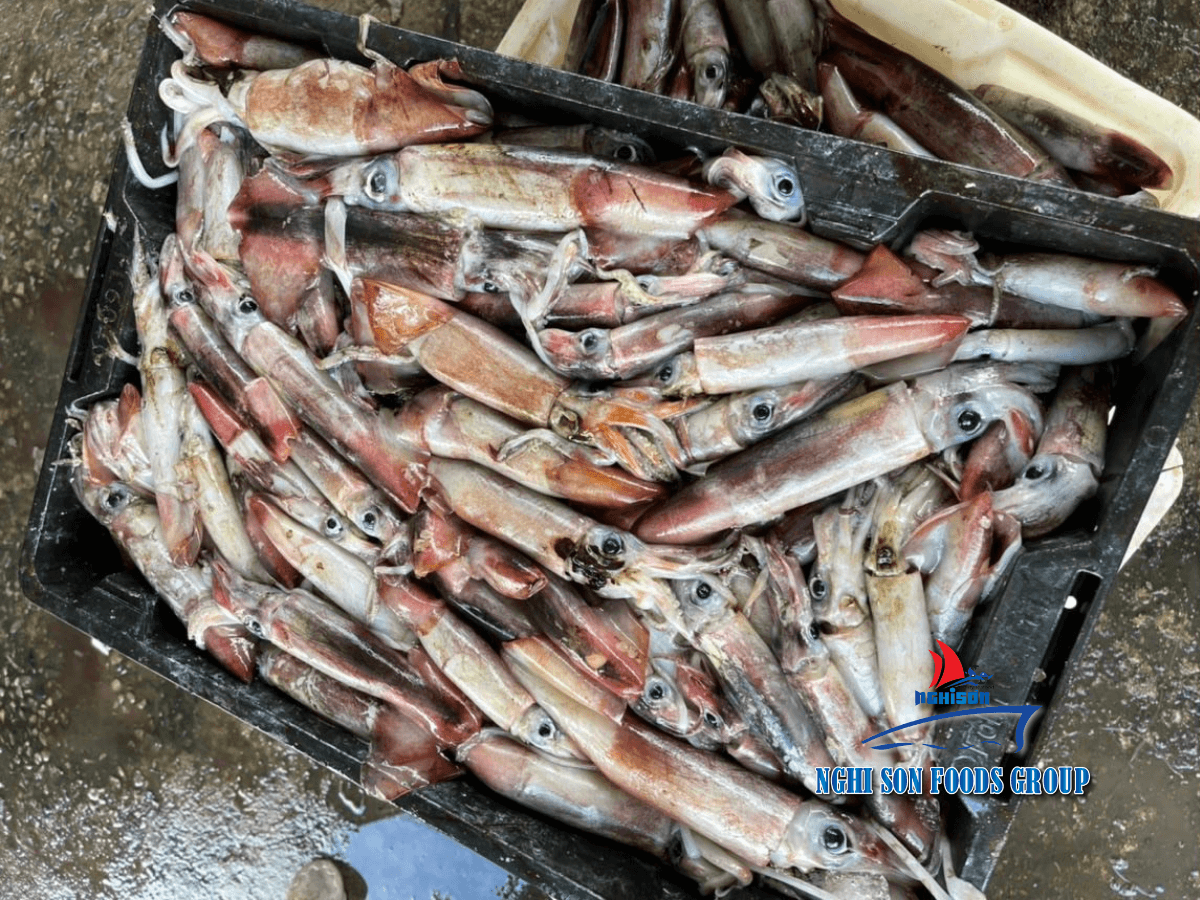
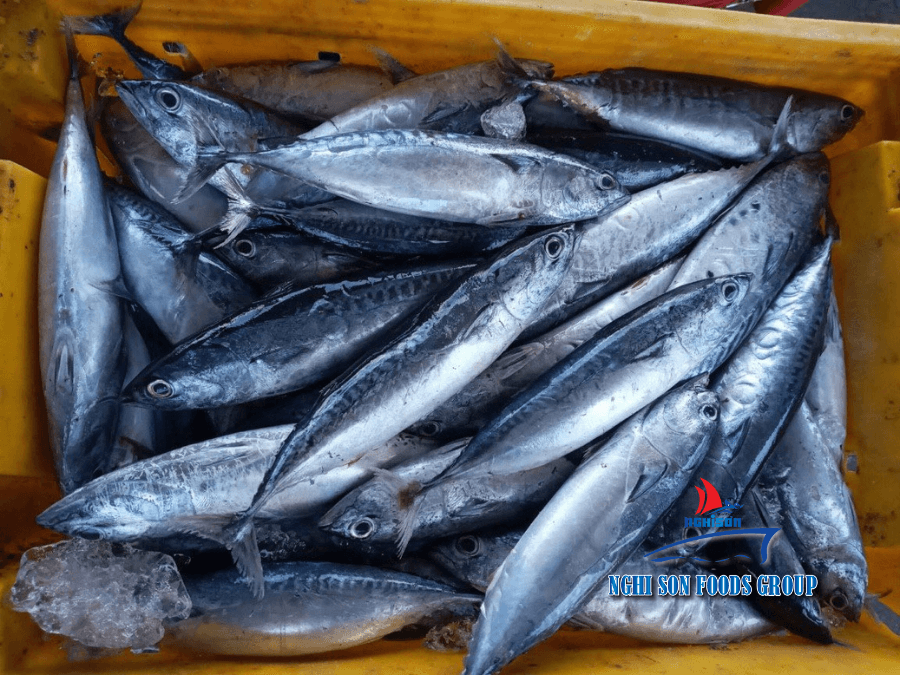




Reviews
There are no reviews yet.